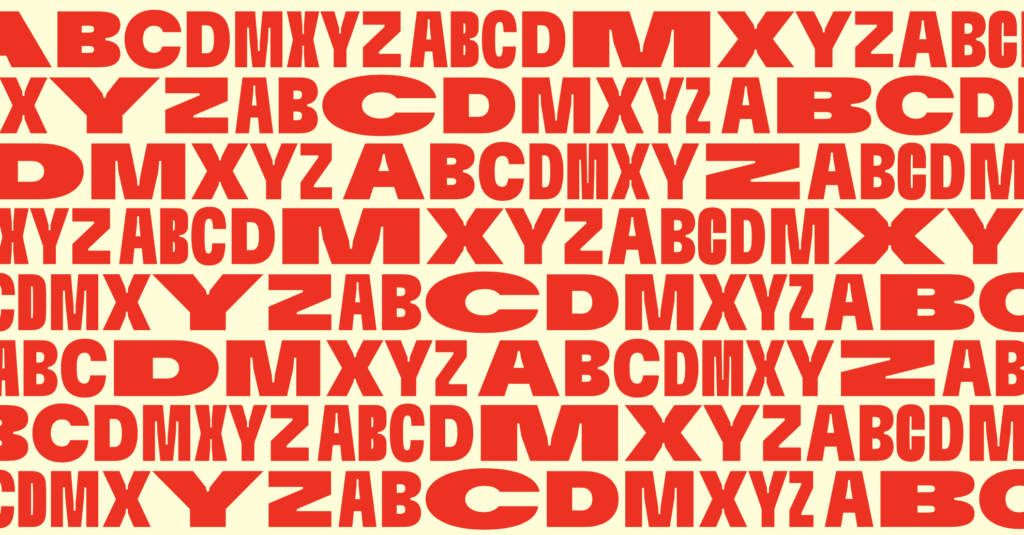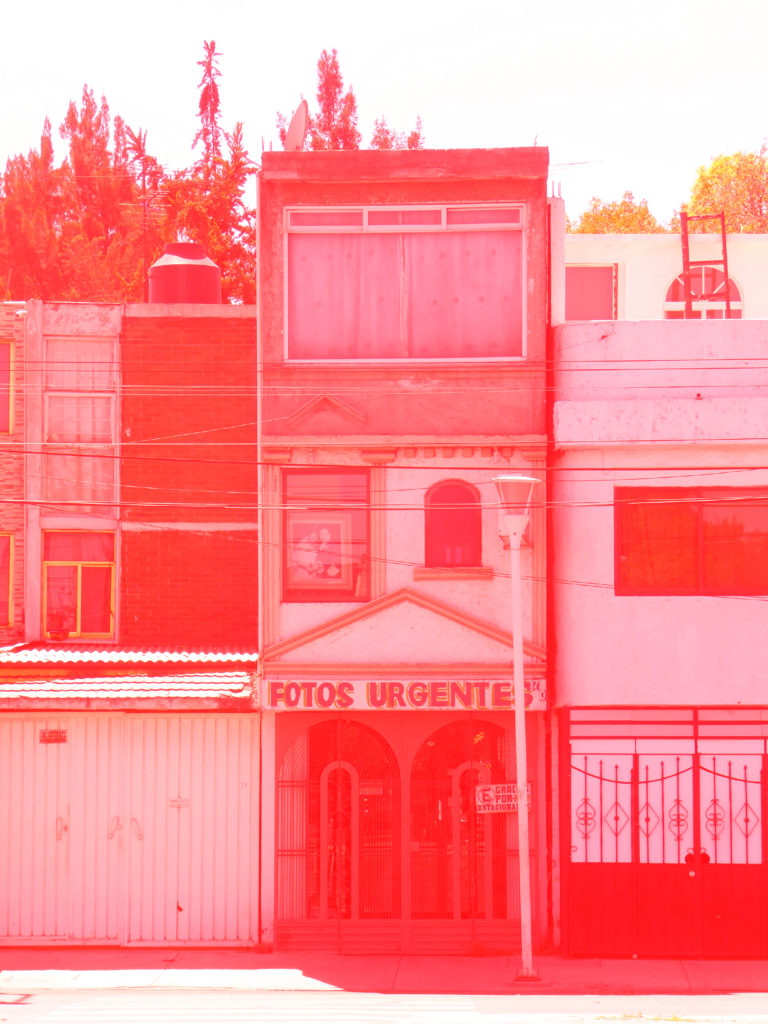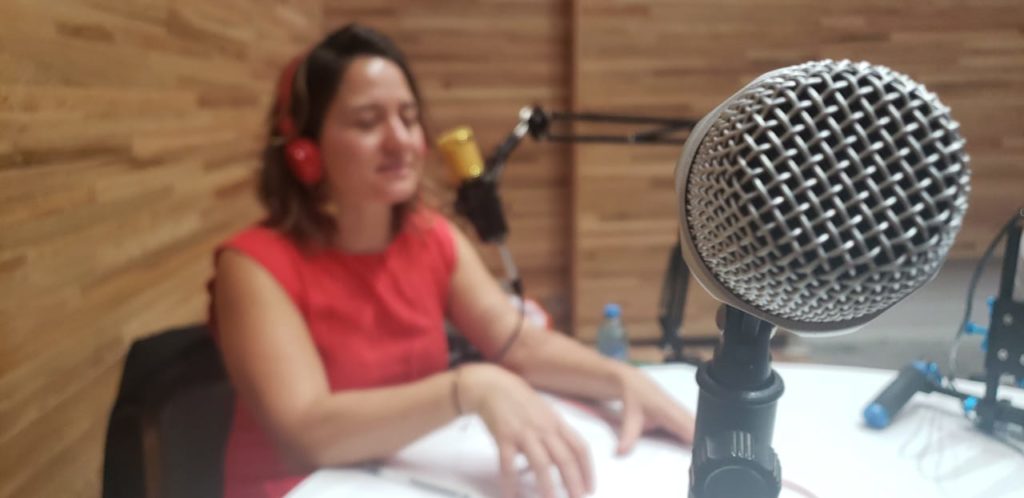
Laura Janka Reflects on Urban Indexing and ABCDMXYZ
Laura Janka Zires is a former GSD student and member of the MCI community. She is an architect and urban designer (Architecture-UNAM + Urban Design-Harvard) with experience in public space, civic engagement, and creative planning processes. Laura currently lives in São Paulo and continues to build “ABCDMXYZ” while working with Brazilian universities to develop urban architecture curriculums.
—
Aron Lesser Speaks With Laura Janka about ABCDMXYZ and Urban Indexing
Q: What is ABCDMXYZ and how did the project begin?
A: Dutch Architect Rem Koolhaas once said that almost every project begins with a phrase, with a concept. When working within the urban realm, the words that express ideas are sometimes as important as the plans and policies. At all times, we need linguistic terms to think about and design urban spaces.
ABCDMXYZ is a dictionary that identifies, organizes, and defines collectively the complex terms that structure contemporary urban life in Mexico City.
It is necessary because not all of us understand, for example, “equity” or “density” or “renewal” the same way. “Borders” or “public space” do not have the same meaning today that they used to some years ago. “Sustainability,” for some people, has been outdated and needs to be replaced with “resilience,” even though, according to some authors of this dictionary, they are different in nature. We designers, architects and planners of the city tend to think it’s clear to everyone that “neighborhood” means a couple of recognizable blocks surrounding a plaza or that “density” and “connectivity” are globally recognized strategies that will save us from urban sprawl.
People experience cities differently. Thus, they do not understand or describe its processes in the same way, even when using the same set of letters. What “renewal” can mean for a policymaker will not have the same value for a developer. And it certainly will not be accepted so easily by local residents, who might associate it with “gentrification.”
When communicating urban projects or policies, we, as designers, often ignore the voices and local meanings that activists, academics, and politicians give to words. This erasure makes it harder for us to understand the different realities behind the histories, diversity, and richness of urban voices.
This dictionary is part of a personal ambition (or obstination) to work on “the idea of” Mexico City – to talk about her, to discover new faces and layers, to reveal spaces, to share its vast contexts that makes it so extraordinary and contested at the same time, and to know the people that, just like me, are fascinated with her. Somehow it is a tribute to a city that has given me so much… inspiration, frustration, creation, work, friends, love, and a home.
The project started as a referential tool to help planners and designers speak or write about urban processes. Later on, in search of diversity and “the right people” with whom to talk about each topic, it became a dictionary developed by all sorts of people; some that study the city, others that design it, and many that fight for its future. The different voices, tones and uses of language create a dialectical space. Thus, the dictionary became the debate.

Photo of Santa Fe taken by Natalia Galvez
Q: How would you describe indexing and what originally attracted you about it?
A: Indexing is the exercise of identifying elements with a certain common nature; organizing those elements in a recognizable logic; giving certain structure to the definitions or the understanding behind each element; establishing a logic by which the elements relate and dialogue; and defining the criteria of what makes an element part of the system.
The indexing of this dictionary was an excuse to map the concepts and the people that present contemporary urban debates within and about Mexico City. The process of integrating and organizing that content became the dictionary.
Truthfully, I came to fully enjoy the process once I realized what I was really doing. I was creating a database of the conversations and debates about Mexico City by:
– Identifying and researching the people behind the word
– Linking and finding out new words coming out of every person
– Reading and classifying words by type and nature
By indexing, I began to feel that I was somehow inside the network of concepts, ideas, and disputes. The diversity of the people involved – more than 150 authors from very different backgrounds – and the possible entries that could and should be part of the dictionary on conversations about Mexico City, revealed the city’s immensity and diversity.
The next surprise came later. There was a moment in which entries became definitions, and the definitions became the contexts and stories of the city. The process of indexing became even more alive because it wasn’t only an observatory anymore. It became a conversation. The original links between people and entries, and between entries and other entries, changed. We reconstructed a version of the city with the 300+ definitions, which later became the platform (abcdm.xyz), which is inspired by that same logic: to be a data space that allows users to navigate between people, words, voices.
Q: What have you learned from urban indexing that you did not originally expect?
I had the opportunity to meet people that were not necessary on my radar such as curators, novelists, poets, planners, lawyers, geographers, and artists. All are as committed as me to discussing the processes transforming the city. While these critical and passionate urbanites have different voices, most visions intersect.
I learned new meanings to so many words that I would naively use to describe the city.
I learned that “crisis” is a concept misunderstood because it not only means a memento where the system “breaks,” but also a moment of transformation and decision making. It can thus also mean a great opportunity.
I learned that “crono urbanism” is a new paradigm to think about territory and accessibility, one that looks at the city from the perspective of time.
I learned that “intermodality” is more a state of being and living in the city than a strategy to make transit systems work together.
I learned that there are some words that need to always be under discussion.
In the end, I learned about Mexico City. Every entry and every definition is a door to a unique situation, place, time, and possibility. I travelled and for that I am most grateful and thankful – for every sentence from the authors dedicated to this city that I adore.

Photo of the Cerro de la Estrella taken by Laura Janka
Q: What are your favorite entries/topics and why?
A: It feels contradictory to select some “favorite” or “more important” entries out of a system where all words are intertwined. The entries, as words, and the definitions & voices behind those ideas are just an abstraction of the complexity of the city. They are an entity of debate, where, in fact what is more important are not the entries but the relationships between them. How could “participation” be explained without also looking to “right to the city,” or “geopolitics” separated from “territory” and “scales”?
Furthermore, I love the “chaos” and the cacophony that all the words create. I cannot even begin to think of one that stands out more than any other. Entries do not stand alone, they are as much their definitions as they are the authors behind them, as they are the connections they establish, as they the city they refer to.
This project is not only a photograph of the discussion, but an attempt to create discussion about some structural, but less visible, issues. Take “cicloactivismo”, the activism that pursues the transformation of the city to a more cyclist and humanitarian urban realm. This amazingly-organized work is not only about fighting for cycle paths. It is also platform for female leadership and an experimentation of different means of agricultural economies.
Q: Why did you choose a podcast to accompany the dictionary?
A: The podcast is a way of giving a literal voice to the dictionary. It is a “live” conversation that is then transcribed and becomes text. The podcast is flexible and accessible to a wide range of people, in part because, like words, it is non-visual. This way, the city, and its spaces stay in our imagination and memories.
Q: What are the next steps for ABCDMXYZ?
A: It is a never-ending project. The words come and go, and the meanings of each concept develop with time. The city has a pace of transformation that is difficult to accompany. Every day I want to add a new word that describes an event that just happened. I still have to learn how to bring the project to a close. Or maybe not. Perhaps we will need a version 2.0 in a couple of months…if climate change allows us.
A way to move on might be to think about other scales or urban realms, or to begin indexing in São Paulo, where I currently live.
Q: How can people contribute to the project?
A: The best contribution is to use the dictionary. Read it and imagine what city is behind each concept. Think of similarities and differences in other contexts and cities. Question the definitions, making them your own.
And if you are feeling creative (and with some time), send in ideas of new words and definitions to the project´s social media or email.
@abcdm.xyz on twitter and Instagram
Q: Can you tell us a bit about your collaboration with the GSD and the Mexican Cities Initiative?
A: Together with Harvard students and professors, we will release a new word every several weeks. Stay tuned for new definitions, which will be published here, and shoot us an email if you want to contribute!
Today’s word is Translation, which Victor Muñoz Sanz defines as:
A translation is often confused with the use of loanwords. A myriad of terms have been incorporated into the vocabulary of city-making in the Global South without a proper translation. Following ambitions of ‘development’ and ‘progress’, more and more cities adopt North American, European or Chinese models to build their language of urban design just like that, without their sensitive interpretation or, most importantly, without questioning whether existing situated knowledge and practices would already be in place to guide more nuanced forms of intervention—“Can we address this question in/with our own terms?”. It is through translations, or the lack thereof, that power and hegemony are exerted. Omitting the etymology of certain forms of city-making we use in our language is a conduit for mainstreaming settler colonialism, structural racism, and gender and class inequalities. There is a lot to unlearn, but plenty of valuable everyday practices that remain unacknowledged and untranslated in global systems despite their potential to enrich our vocabulary of practice. In that respect, the dictionary you are reading is a necessary step in making other knowledge systems and ways of doing otherwise visible and accessible.
La traducción a menudo se confunde con el uso de préstamos. Un sinnúmero de términos se han incorporado al vocabulario de la construcción de ciudades en el Sur Global sin una traducción adecuada. Siguiendo ambiciones de ‘desarrollo’ y ‘progreso’, cada vez más son las ciudades que adoptan modelos norteamericanos, europeos o chinos para construir su lenguaje de diseño urbano; así, sin una interpretación sensible o, lo que es más importante, sin plantearse si acaso ya existe conocimientos y prácticas situadas que pudiesen guiar formas de intervención más matizadas: «¿Podemos abordar esta cuestión con/en nuestros propios términos?». Es a través de las traducciones, o de la ausencia de las mismas, que se ejerce el poder y la hegemonía. Omitir la etimología de ciertas formas de construcción urbana que usamos en nuestro idioma es un conducto para perpetuar el colonialismo, el racismo estructural y las desigualdades de género y clase. Hay mucho que desaprender, pero existen muchas prácticas cotidianas de gran valor que siguen sin ser reconocidas ni traducidas en los sistemas globales pese a su potencial para enriquecer el vocabulario de nuestra práctica. En ese sentido, el diccionario que está leyendo es un paso necesario para hacer visibles y accesibles otros sistemas de conocimiento y otras formas de creación.
—
Víctor Muñoz Sanz is an Assistant Professor of Urban Design at TU Delft, currently leading research on productive cities and landscapes. Prior to this, he was postdoctoral researcher at TU Delft, and coordinator of the Jaap Bakema Study Centre and co-principal researcher of “Automated Landscapes” at Het Nieuwe Instituut. Víctor holds the degree of Architect from ETSAM, a Master of Architecture in Urban Design from Harvard University, and a Ph.D. cum laude in Architecture from Universidad Politécnica de Madrid.
Víctor Muñoz Sanz es profesor asistente de diseño urbano en la universidad TU Delft, y actualmente lidera la investigación sobre ciudades y paisajes productivos. Antes de esto, fue investigador postdoctoral en TU Delft, coordinador del Centro de Estudios Jaap Bakema y co-investigador principal de «Paisajes Automatizados» en Het Nieuwe Instituut. Víctor es arquitecto por la ETSAM, con Maestría de Arquitectura en Diseño Urbano por la Universidad de Harvard y doctorado Cum laude en Arquitectura por la Universidad Politécnica de Madrid.





